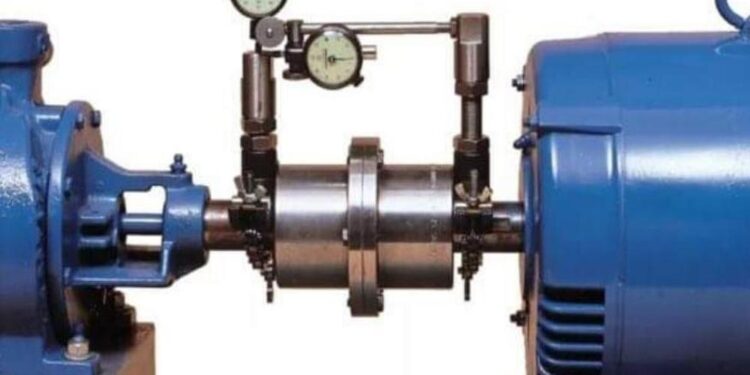Biggest Myths About “Coupling Alignment” In Shaft Systems

Across industries, coupling alignment is said to play a crucial role in ensuring optimal performance and longevity of shaft systems. However, misconceptions surrounding this topic often lead to incorrect practices and subpar results. Let’s debunk common myths associated with coupled alignment and provide some clarity on the subject.
Myth 1: Coupled Alignment Is the Same as Shaft Alignment
Shaft alignment focuses on aligning the shafts themselves, while coupled alignment specifically deals with the alignment of the couplings that connect the shafts. Proper alignment of both components is essential for smooth and efficient operation. Misunderstanding the disparity between coupling and shaft alignment can lead to ineffective alignment procedures.
Each requires specific techniques and tools, and addressing them separately ensures that the entire system operates optimally. By recognizing this distinction, engineers and maintenance personnel can avoid costly errors and maximize the performance of their machinery.
Myth 2: All Shaft Alignment Tools Can Perform Coupling
Coupled alignment requires specialized tools designed to account for the unique characteristics of couplings. These tools consider factors such as coupling backlash, flexibility, and misalignment tolerances, which differ from those encountered in shaft alignment. It is crucial to use the right tools for the specific application to achieve accurate coupling.
Myth 3: Visual Inspection Is Sufficient for Coupling
Relying solely on visual inspection is a common misconception when it comes to coupling. While a visual examination can provide some insights, it is not sufficient for accurately determining alignment deviations. Various factors, such as small misalignments or angular errors, may not be apparent to the naked eye.
This necessitates the use of advanced measurement techniques. Luckily, modern alignment techniques employ laser alignment systems or dial indicators. This helps to precisely measure alignment parameters, such as angular and offset misalignments.
These tools provide real-time data, enabling engineers to identify misalignment issues accurately. By embracing these advanced tools and techniques, professionals can achieve higher precision and optimize the performance of the shaft system.
Myth 4: Tightening Bolts Will Fix Misalignment Issues
Misalignment requires proper corrective techniques rather than relying solely on bolt tension. Neglecting the alignment process can result in premature wear, increased vibrations, and reduced equipment lifespan. Using accurate alignment techniques is crucial for long-term success.
Myth 5: Coupling Is Only Necessary for New Installations
Misalignment can occur over time due to factors such as thermal expansion, vibration, or regular wear. Periodic alignment checks and maintenance are essential to ensure the continued optimal performance of the system and prevent premature failures.
Regular alignment checks enable early detection of misalignment issues and provide an opportunity for timely adjustments. By incorporating alignment into routine maintenance schedules, operators can enhance system efficiency.
Best Practices for Accurate Shaft Alignment
To achieve accurate shaft alignment, it is important to follow these rules and steps to ensure optimal results.
- Utilize Specialized Alignment Tools: Invest in coupling-specific alignment tools such as laser alignment systems or dial indicators to ensure precise measurements.
- Follow Manufacturer Guidelines: Adhere to the manufacturer’s recommendations for alignment tolerances and procedures specific to the coupling and shaft system.
- Consider Thermal Effects: Account for thermal expansion by performing alignment checks at operating temperatures to compensate for any dimensional changes.
- Evaluate Soft Foot Conditions: Address any soft foot conditions, which can cause misalignment, by properly aligning the machine base and ensuring uniform load distribution.
- Document Alignment Results: Keep records of alignment measurements and adjustments for future reference and comparison during subsequent maintenance checks.
- Train Personnel: Provide training and education on alignment techniques to engineers, maintenance personnel, and operators to ensure proper alignment practices.
Conclusion
Accurate shaft alignment is essential for the optimal performance, efficiency, and longevity of industrial systems. Debunking common myths and understanding the distinctions and requirements of coupling alignment helps avoid pitfalls and optimize their alignment procedures.
This is what will ultimately lead to improved efficiency, reduced downtime, and enhanced overall productivity in various industrial applications.






